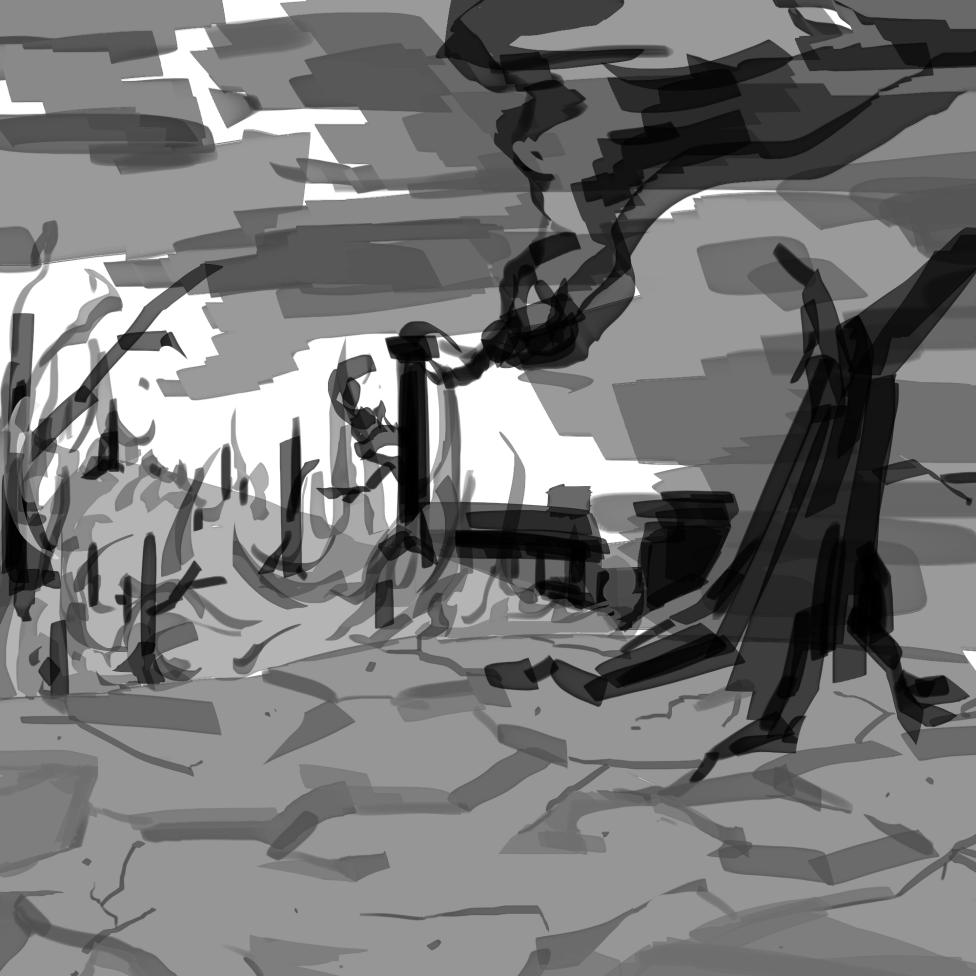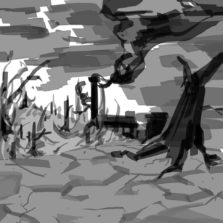

This summer, California greets the heat that creates perfect days for beach vacations and pool parties. However, unusually high temperatures, sometimes exceeding 120 degrees Fahrenheit, are nearly baking regions in the Golden State, suggesting this may not be typical summer weather: it is climate change. California has warmed an average of 3 degrees Fahrenheit, compared to the global increase of 1.8 degrees Fahrenheit. The five hottest years in history struck within the past decade.
In 2019, California celebrated the end of its seven-year-long drought. However, two years later, the state has barely recovered and dry conditions are creeping back. The majority of California’s water supply is sourced from snowpack, precipitation and atmospheric rivers. However, the annual rainfall in spring of 2021 failed to replenish the water-stressed land. California’s 1,500 reservoirs are only at half their normal levels. As of July 8, Governor Gavin Newsom has declared 50 counties to be in
a state of emergency.
“We’ve had way less precipitation over the past two winters,” said Patrick Brown, an assistant professor in the department of Meteorology and Climate Science at San Jose State University. “Climate change [also causes] more precipitation to fall
as rain, rather than snow. Snowpack acts like a battery [because] it will slowly melt over the warm season and trickle down into the aquifers and underground water supply. … Rain runs off right away, so less [water] is available in the summer.”
Arid summers, low humidity levels and parched vegetation provide the perfect breeding grounds for wildfires.
“We have data from tree rings, [which] tell us how often[fires were] in the past,” said Susan Kocher, a forestry advisor for the University of California Cooperative Extension. “Native people were living [in California] for at least 10,000 years and during that period, fires burned frequently, but …at a very low intensity.” In some instances, small fires can be beneficial to forest health. They remove dead trees and overgrown vegetation from the floors to make room for new plants. Burned matter also serves as rich nutrients. Beginning in 1910, however, wildfire suppression attempted to extinguish fires, resulting in the accumulation of fuel. Consequently, low intensity fires grew larger and out of control.
“For a while, we saw a large decrease in the total amount of area burned in California [due to wildfire suppression],” Brown said. “Now we’re in a bad situation where [there’s] hotter temperatures and drier conditions, [along with] excess fuel that would not have been here if we let the fires burn. … Whenever we do have fire, it’s more intense. These types of fires can actually kill the forest.”
“These types of fires can actually kill the forest”
As of early August, 6,049 blazing flames dot the state’s fire map according to the California Department of Forestry and Fire Protection. The Dixie Fire is by far the deadliest in 2021 and ranks second largest in California’s recorded history. It erupted on July 14 and is active in the Butte and Plumas Counties, scorching 489,287 acres of land.
“It’s heartbreaking,” Kocher said. “Firefighters are doing everything they can to cope with this weather [but] it’s almost impossible to stop these fires. They are spotting, which means the main fire [has] thrown out embers and the wind carries them across the fire lines two or three miles ahead to start new fires. Once something has burned like that, it’s not a given that it will regenerate into a forest in the future.”
Wildfires not only destroy the surrounding natural environment, but they also negatively impact human health. The Dixie Fire hit a region already deeply scarred by the 2018 Camp Fire, California’s most costly natural disaster. Families had no choice but to flee their homes for safety, which bring back unpleasant memories.
“From an emotional standpoint, it is really scary,” said Anais Teyton, a PhD student
at University of California, San Diego and San Diego State University studying epidemiology and health impact from climate change. “[There are] many mental health impacts from climate change, [such as] anxiety [and] fear of the future. People have PTSD from losing their homes [and] their livelihoods.”
“Firefighters are doing everything they can to cope with this weather [but] it’s almost impossible to stop”
Constant burning also compromises physical health because it releases black carbon that degrades air quality. Following wildfire events, vulnerable populations are advised to minimize outdoor activity and wear respirators.
“Health impacts can range from minimal symptoms, like a runny nose or a cough,” Teyton said. “Small particles called PM
2.5 (black carbon) can go into the lungs and cause respiratory to heart-related issues. It can go as far as premature death [for people with] pre-existing conditions such as diabetes [or] asthma.”
Droughts also bring inconvenience to the community on a multitude of dimensions.
“With drought, water sources, especially groundwater, can become contaminated,” Teyton said. “There’s a risk of certain diseases like valley fever, a fungus that thrives in dry conditions. Agricultural communities may not be able to grow certain crops.”
Gov. Gavin Newsom has proposed investments in water recycling, stormwater capture and reuse and other strategies to build California’s climate resiliency. He also signed a $536 million wildfire package to suppress wildfires and improve forest health. In addition to federal assistance, Gov. Newsom has urged individuals to voluntarily reduce water use by 15% and is
offering cash for residents who conserve energy.
“It’s widely understood that [there’s] not just one missing piece or one thing that needs to change,” said Avery Hill, a PhD student in plant biology and climate change at Stanford University. “It’s going to [take] a lot of different people and institutions working together. I think moving forward … the best route would be being careful about managing fires in California and accepting them as an important part of how these ecosystems regenerate and function.”
Breaking the cycle of higher temperatures, drier conditions and extreme natural disasters, and restoring the
health of the Golden State’s ecosystem takes the commitment of both the government and its citizens.




